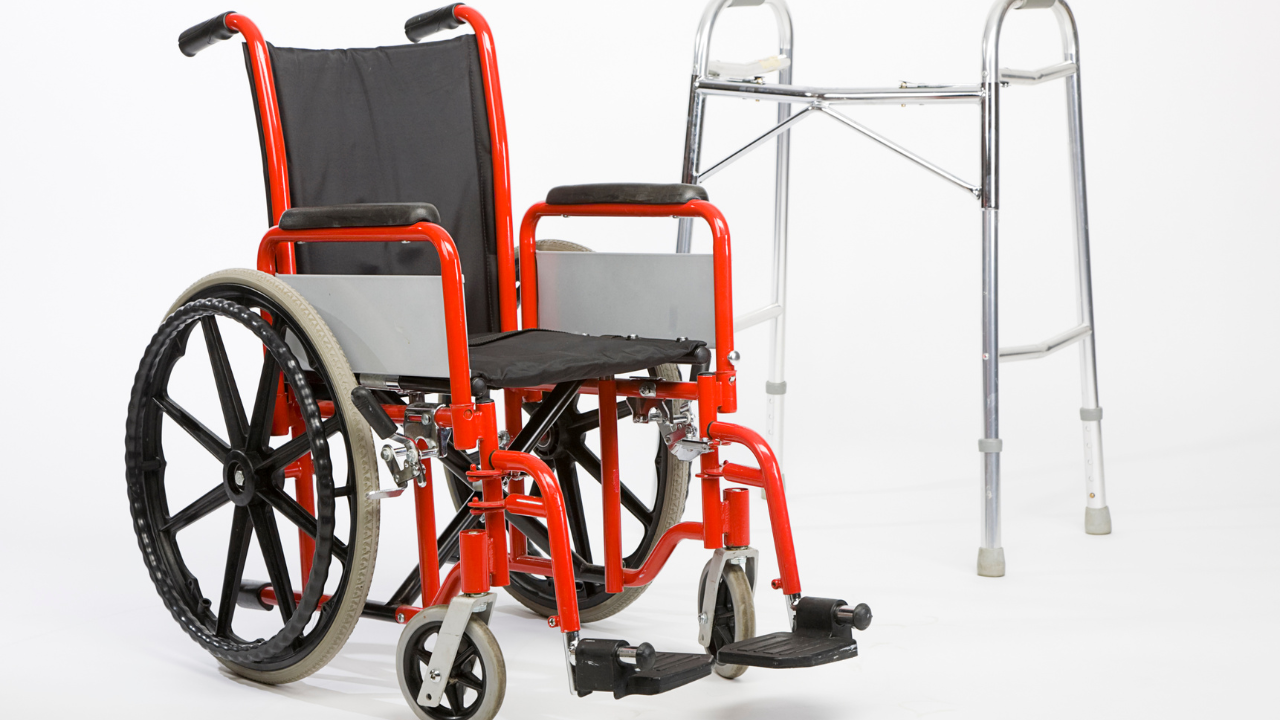When it comes to NDIS funding, things can feel overwhelming at first. The National Disability Insurance Scheme (NDIS) provides three main funding categories, including Core, Capital, and Capacity Building. Each category plays a role in helping people with a disability access services, supports, and independence.
What Are National Disability NDIS Funding Categories?

NDIS funds is divided into categories to make sure participants receive the right support. Instead of giving one large lump sum, the NDIA allocates funds into three groups:
- Core Supports: daily activities, personal care, consumables, and transport
- Capital Supports: one-off items like assistive technology or home modifications
- Capacity Building Supports: therapies, training, and skill development
This structure helps the national disability system provide clear and fair access to essential services.
👉 Learn more from the NDIS official site.
Eligibility Criteria for NDIS Funding

Before you can access NDIS funding, it’s important to check if you meet the eligibility criteria set by the National Disability Insurance Agency (NDIA). The first step is to visit the official NDIS website at www.ndis.gov.au, where you’ll find detailed information about who can apply.
Core Support Explained
Core Supports funding is designed for day-to-day living. Examples include:
- Personal care such as dressing, showering, and meal preparation
- Transport for medical or community services
- Consumables such as continence aids
- Social and community participation activities
💡 Case Story: Sarah, an NDIS participant, uses her Core Supports funding to pay for local service transport to attend choir each week. This simple support gives her mobility and social connection.
Although Core is flexible, overspending early in the year is a common mistake. Careful budgeting helps maintain performance security across the plan.
👉 See Core Supports details on NDIS.gov.au.
Capital Supports Explained
Capital Supports funding covers bigger, one-off investments. These often need approval with supporting quotes or reports. Examples include:
- Assistive technology like wheelchairs or communication devices
- Home modifications such as ramps or bathroom upgrades
- Vehicle modifications for safety and independence
💡 Case Story: Michael used Capital Supports to fund a custom wheelchair. The process required NDIA approval, but the outcome gave him independence at home and in the community.
Having the right documents helps streamline approvals and ensures participants can take action without delay.
👉 See Capital Supports details here.
Capacity Building Supports Explained
Capacity Building Supports help participants gain skills and independence. While funds cannot be shifted between subcategories, they provide long-term benefits such as:
- Therapy services: physiotherapy, occupational therapy, or psychology
- Employment support and training
- Assistance with living arrangements
- Plan management and support coordination
💡 Case Story: Lisa accessed Capacity Building funding for occupational therapy. Over time, she gained skills to cook independently, which transformed her confidence and daily living.
👉 Learn more about Capacity Building Supports.
How the Three Funding Categories Work Together
The categories are designed to work together, balancing daily needs with long-term independence.
💡 Scenario Example:
- Core funding covers transport, for national disability and etc.
- Capital funding provides a bathroom modification,
- Capacity Building supports physiotherapy sessions.
Together, these create a holistic approach that reflects the national disability action to improve quality of life.
Common Questions About Funding for NDIS
- Can I move money between categories? Core is flexible, but Capital and Capacity Building are not.
- Does therapy fall under Capacity Building? Yes, therapy services are included.
- Is assistive technology covered under Capital? Yes, with National Disability Insurance Agency approval.
- Can Core funding be used for groceries or rent? No. Core is for disability-related supports only.
If you experience website access issues or are blocked from the NDIS site, you may be asked to provide a Ray ID to help the site owner resolve the problem. This Ray ID is important for troubleshooting and ensuring smooth access.
Read the NDIS guide to using your plan.
Tips for Making the Most of Your NDIS Funding
Here are some strategies that make a difference:
- Track your spending regularly.
- Prepare evidence such as quotes and reports.
- Work with a Support Coordinator for guidance.
- Ask for help from local providers when unsure.
These actions improve the performance security of your plan and ensure funds are directed where they are most needed.
Final Thoughts
Understanding funding for NDIS categories — Core, Capital, and Capacity Building — is about more than money. It is about creating independence, better access to services, and stronger community connections.
At Re.Connect Support Services, we help participants navigate these categories with confidence. From connecting to local services to preparing for plan reviews, we ensure funding is used effectively to achieve real goals. Our role is to guide you, provide practical support, and give you the tools to take action.
If you ever encounter issues accessing your NDIS information online, keep your Ray ID handy as it can expedite support from the website administrators.
To learn more about how Re.Connect can help, visit Re.Connect Support Services.




